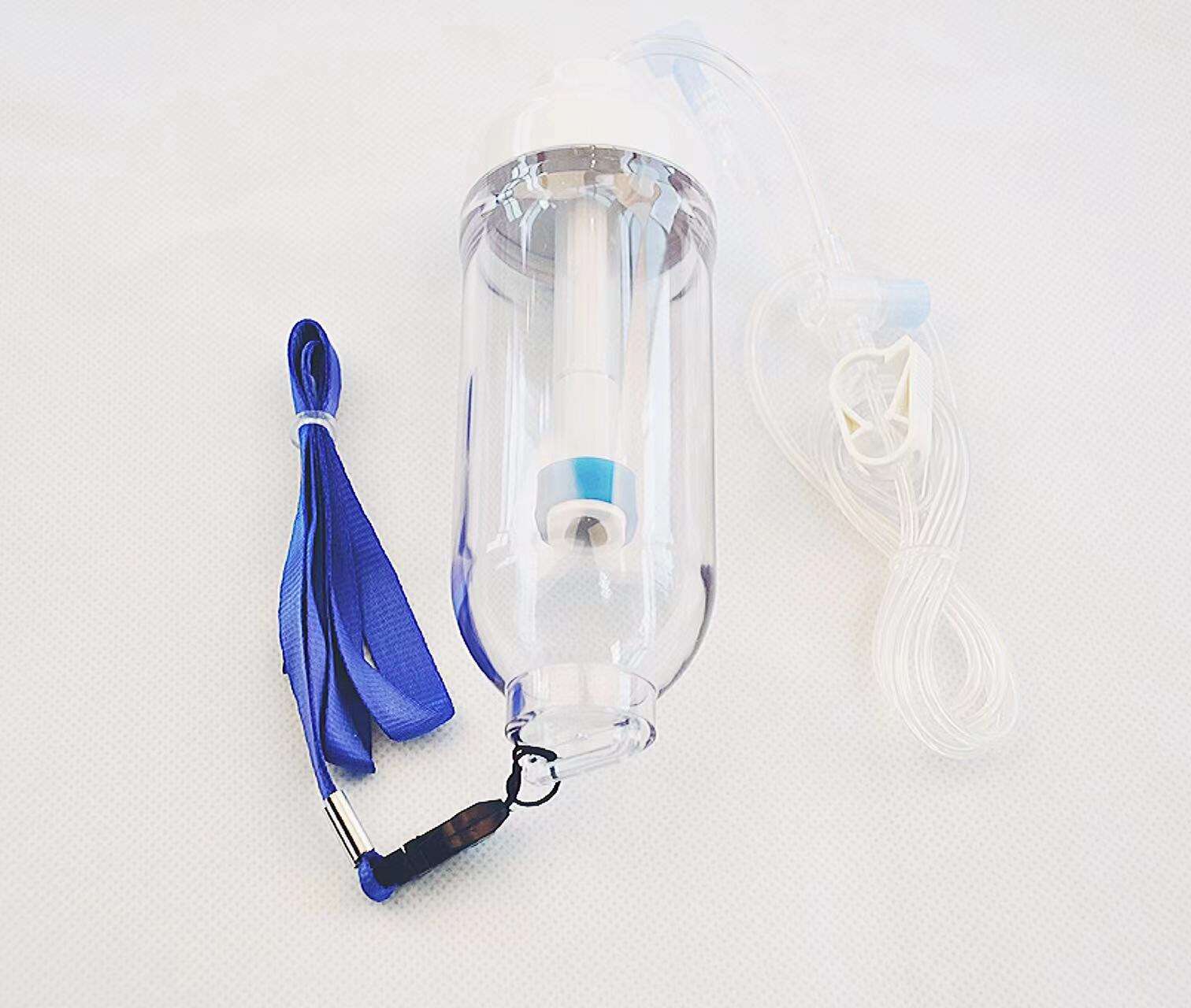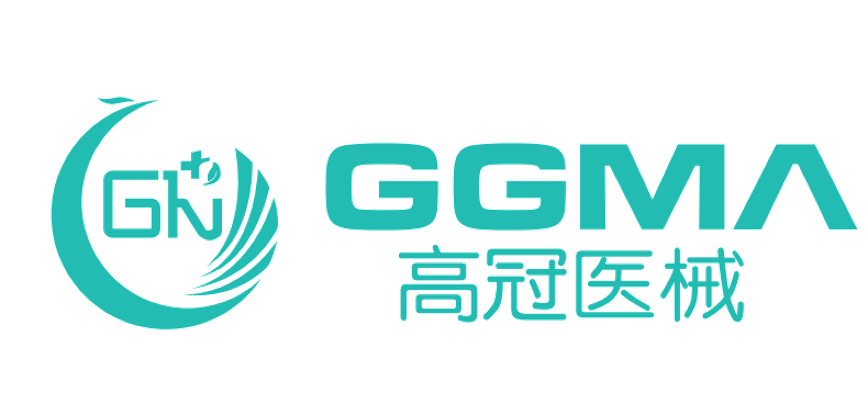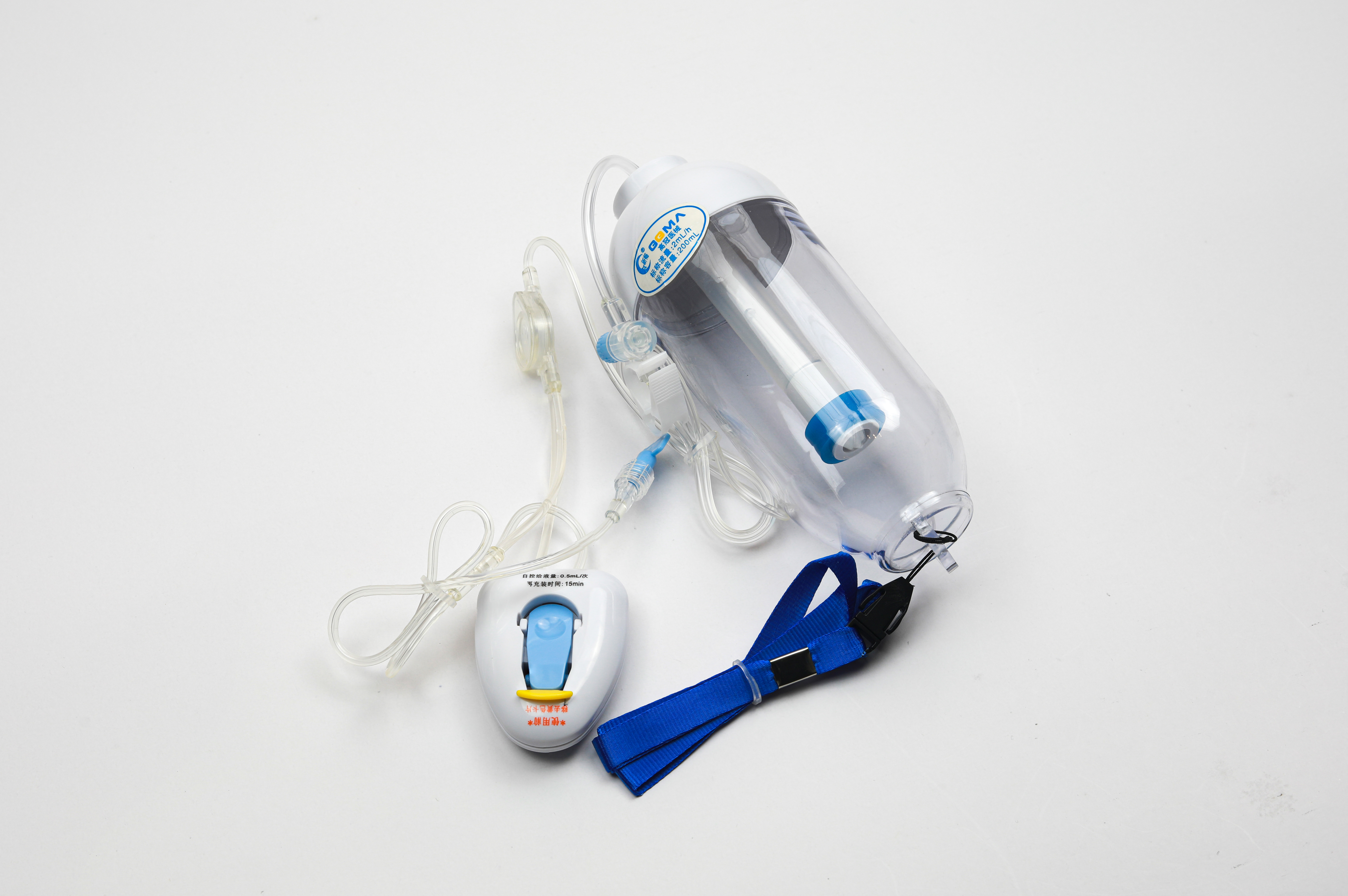Understanding Modern Medical Fluid Delivery Systems
Infusion pumps represent a cornerstone of modern medical care, serving as essential devices that precisely deliver fluids, medications, and nutrients to patients in controlled amounts. These sophisticated medical devices have revolutionized healthcare delivery by providing accurate and automated fluid administration, replacing traditional manual methods that were often inconsistent and required constant monitoring.
From hospital intensive care units to home healthcare settings, infusion pumps play a vital role in patient treatment. These devices ensure that patients receive exact quantities of fluids, whether it's life-saving medications, chemotherapy drugs, pain relievers, or basic nutrients, all delivered at carefully controlled rates and intervals.
Core Applications in Medical Settings
Critical Care and Emergency Medicine
In critical care environments, infusion pumps are indispensable tools for maintaining patient stability. They deliver precise amounts of medications such as vasopressors, inotropes, and other critical drugs that require exact dosing. The ability to program specific delivery rates and adjust them instantly makes these devices crucial in emergency situations where quick responses to changing patient conditions are essential.
Emergency departments rely heavily on infusion pumps to administer rapid fluid resuscitation, blood products, and emergency medications. The accuracy of these devices ensures that patients receive the exact amount of medication needed, which is particularly crucial in life-threatening situations where precise dosing can make the difference between recovery and complications.
Chronic Disease Management
Patients with chronic conditions benefit significantly from infusion pump technology. For individuals with diabetes, insulin pumps provide continuous, precisely measured doses of insulin throughout the day. Cancer patients receiving chemotherapy depend on these devices for accurate delivery of powerful medications that require careful dosing to maximize effectiveness while minimizing side effects.
Pain management programs often utilize infusion pumps to deliver controlled amounts of pain medication, allowing patients to maintain comfort while preventing overdose risks. This application has proven particularly valuable in post-surgical recovery and chronic pain management scenarios.

Specialized Types and Their Functions
Smart Pumps with Advanced Features
Modern infusion pumps come equipped with sophisticated safety features and smart technology. These advanced systems include built-in drug libraries, dose error reduction systems, and automatic calculations based on patient parameters. Smart pumps can alert healthcare providers to potential errors, helping prevent medication mistakes and improving patient safety.
Integration capabilities with electronic health records and hospital information systems allow these devices to document delivery rates, volumes, and times automatically. This integration enhances workflow efficiency and provides valuable data for treatment monitoring and adjustment.
Specialty Infusion Systems
Different medical specialties require specific types of infusion pumps designed for their unique needs. Enteral feeding pumps, for instance, are specifically designed to deliver nutrition directly to the digestive system. Ambulatory pumps allow patients to receive continuous medication while maintaining mobility, improving quality of life during treatment.
Patient-controlled analgesia (PCA) pumps represent another specialized application, allowing patients to self-administer pain medication within preset safety limits. These devices have transformed post-operative pain management and chronic pain care.
Safety and Maintenance Considerations
Regular Monitoring and Calibration
Maintaining infusion pump accuracy requires regular calibration and testing. Healthcare facilities implement strict maintenance schedules to ensure these devices operate within specified parameters. Regular checks include flow rate accuracy, pressure sensor function, and alarm system verification.
Staff training plays a crucial role in safe operation, with healthcare providers receiving comprehensive education on proper use, troubleshooting, and emergency procedures. This training ensures optimal device utilization and quick response to any technical issues that may arise.
Risk Prevention Protocols
Healthcare facilities implement comprehensive safety protocols around infusion pump use. These include double-checking programming settings, regular assessment of insertion sites, and monitoring for potential complications. Clear documentation requirements and standardized procedures help minimize risks associated with device use.
Modern infusion pumps include multiple safety features such as air-in-line detection, occlusion alarms, and free-flow prevention mechanisms. These built-in safeguards work together to protect patients from potential adverse events during fluid delivery.
Future Developments and Trends
Technological Advancements
The future of infusion pump technology points toward increased automation and intelligence. Artificial intelligence and machine learning integration are enabling pumps to adapt to patient responses and predict potential issues before they occur. These advances promise to further enhance safety and treatment effectiveness.
Wireless connectivity and remote monitoring capabilities are becoming standard features, allowing healthcare providers to track multiple devices from central locations. This connectivity enables quick responses to alerts and facilitates data collection for treatment optimization.
Enhanced Patient Care Integration
Future developments focus on seamless integration with comprehensive patient care systems. This includes better connectivity with electronic health records, automated documentation, and enhanced communication between different medical devices. These improvements aim to reduce the administrative burden on healthcare providers while improving patient outcomes.
Personalized medicine approaches are driving the development of more sophisticated delivery algorithms and custom programming options. These advances will enable more precise treatment tailoring based on individual patient characteristics and responses.
Frequently Asked Questions
How long can an infusion pump be used continuously?
The duration of continuous use depends on the specific type of pump and its application. While many pumps can operate 24/7, they require regular maintenance checks and battery changes. The actual duration is often determined by the treatment protocol, medication requirements, and hospital policies rather than device limitations.
Can patients operate infusion pumps at home?
Yes, many infusion pumps are designed for home use with proper training. Home healthcare providers typically instruct patients and caregivers on proper operation, maintenance, and troubleshooting. These pumps often have simplified interfaces and additional safety features for non-clinical settings.
What happens if an infusion pump malfunctions?
Modern infusion pumps have multiple safety features and backup systems. If a malfunction occurs, the device typically alerts users through alarms and automatically stops delivery to prevent harm. Healthcare providers are trained to respond to such situations with backup plans and alternative delivery methods ready when needed.

